
3 New Major Design Details Mahindra XUV 3XO Will Pack Over...
- Apr 12, 2024
- Views : 9803

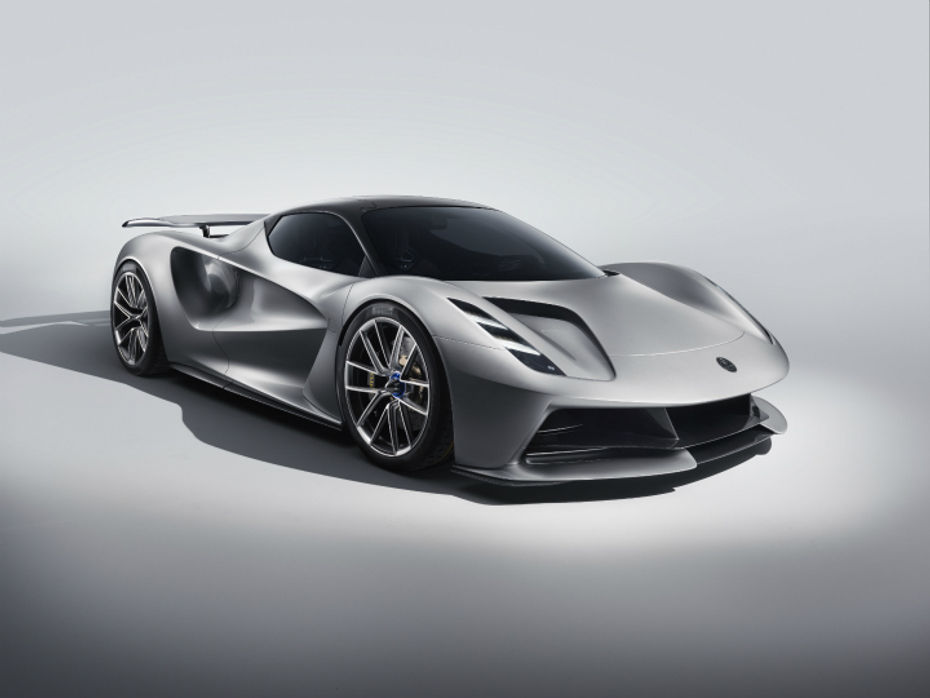
Take note, the Koenigseggs and the Paganis of this world, Lotus is here to obliterate your names from the record books. The Evija, when it goes into production in 2020, will be the most powerful series production car, with a staggering 2000PS of power and 1700Nm of torque from four electric motors and a lithium-ion battery pack supplied by Williams. Initially codenamed the Type 130, the Evija is the first new product from Lotus since it was acquired by Chinese automotive giant Geely.
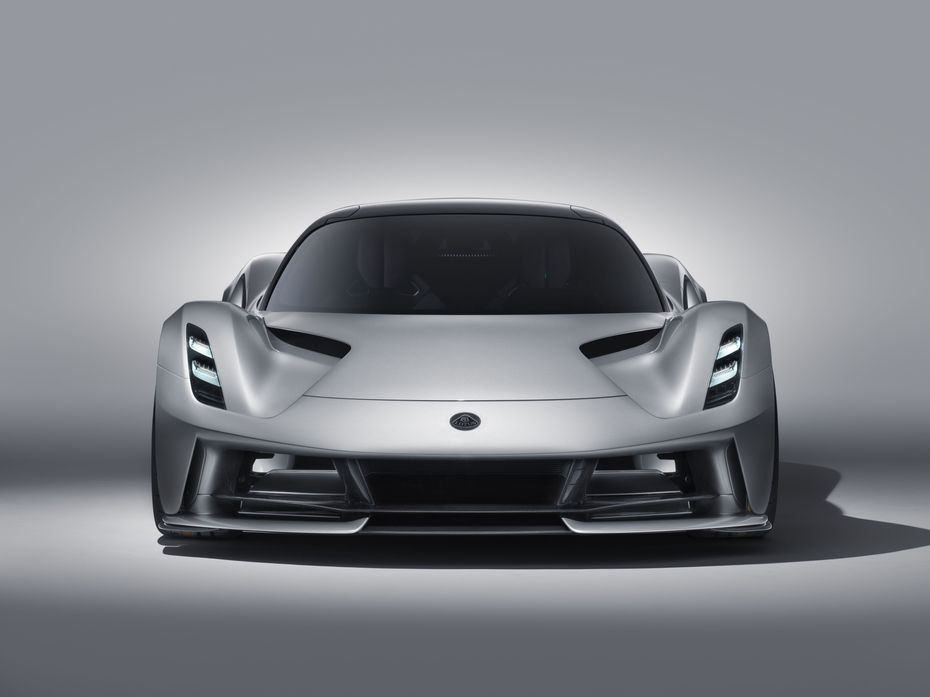
Electric hypercars are stealing the spotlight with their outrageous output figures and while Rimac and Pininfarina are readying their halo hypercars, Lotus simply dropped the Evija and let its numbers do the talking. Take note though, these are all tentatively targeted figures, achieved with the help of four motors at each wheel, each producing 500PS.
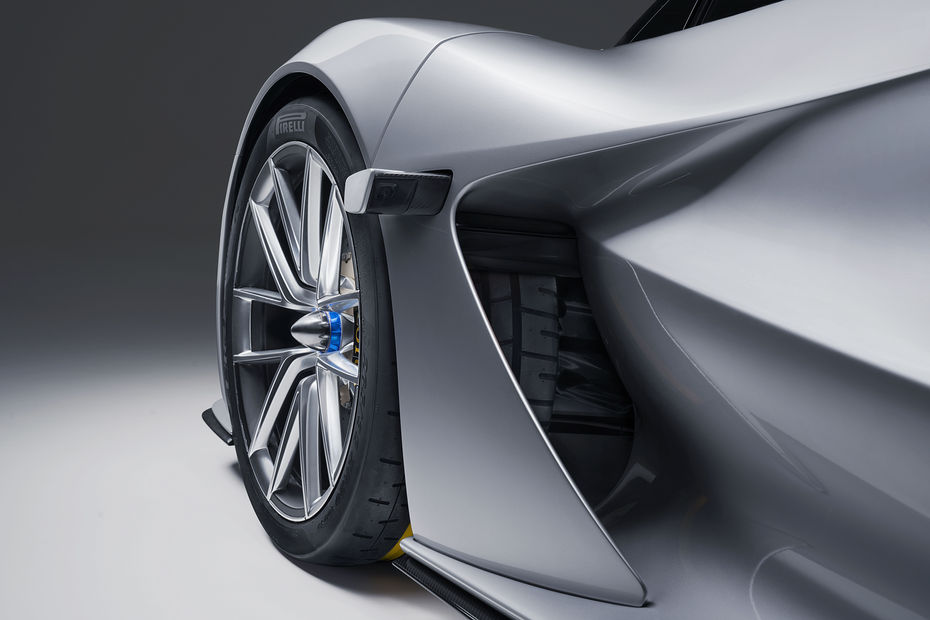
To give you some perspective, the mother of all hypercars, the Chiron, makes a modest 1500PS from its W16 mill. The Evija’s target 0-100kmph time is under 3.0 seconds, and 0-300kmph comes up in under 9 seconds along with a top speed ‘exceeding 320kmph.’ So, even though the Evija might be the most powerful all-electric hypercar, it is not the fastest. The Pininfarina Battista is still ahead in this space (1904PS/2300Nm) with a projected under-2.0 second time for the 0-100kmph sprint along with a top speed of 350kmph. Rimac is also claiming that the C_Two will do the same in 1.8 seconds.
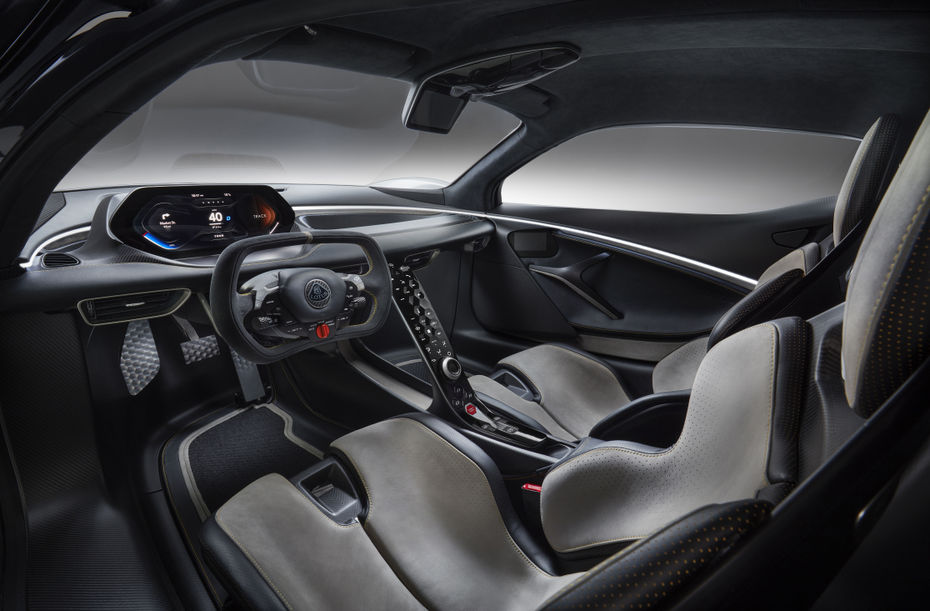
Forget the performance numbers, as insane as they are, though. Lotus' real wizardry with the Evija is in its charging times. If you happen to have a nuclear reactor of some sort lying around in your backyard that can produce 800kW, you could theoretically charge up the Evija in just 9 minutes. A OnePlus 7 Pro takes an eternity by comparison. But, Lotus says that with a commercially available 350kW charger, the Evija takes only 18 minutes to fully charge. Now, what kind of sorcery is that? For some perspective, the current fastest charging EV in the world, the Tesla Model 3, can juice up to 80 per cent in 35 minutes.
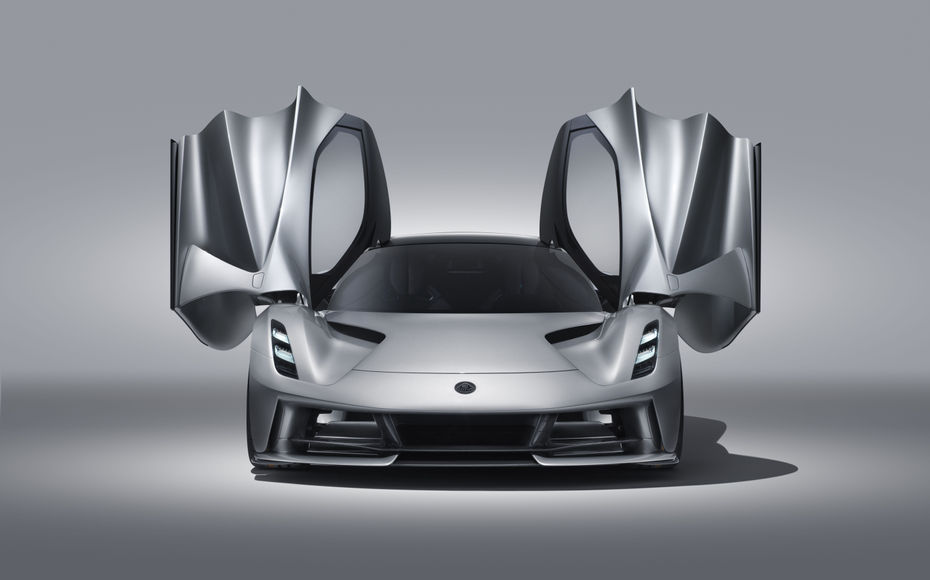
Lightweight and focussed cars have always been Lotus’ forte and the British brand is renowned for its road cars and race machines alike with iconic names like Elise, Evora, Esprit, and Evora. The Evija ( pronounced E-vi-ya) also stays true to the manufacturer’s obsession for naming cars starting with the alphabet ‘e.’ Lotus has also followed their same light-weight philosophy for the Evija. The carbon monocoque tub weighs in at a mere 129kg and the whole car without the battery pack tips the scales at around 1000kg. It weighs 1680 kg with the battery pack, making it the lightest all-electric hypercar ever. To improve weight distribution, aerodynamics, and packaging, and stay close to Lotus’ history of mid-engined cars, the battery is mid-mounted in the Evija.
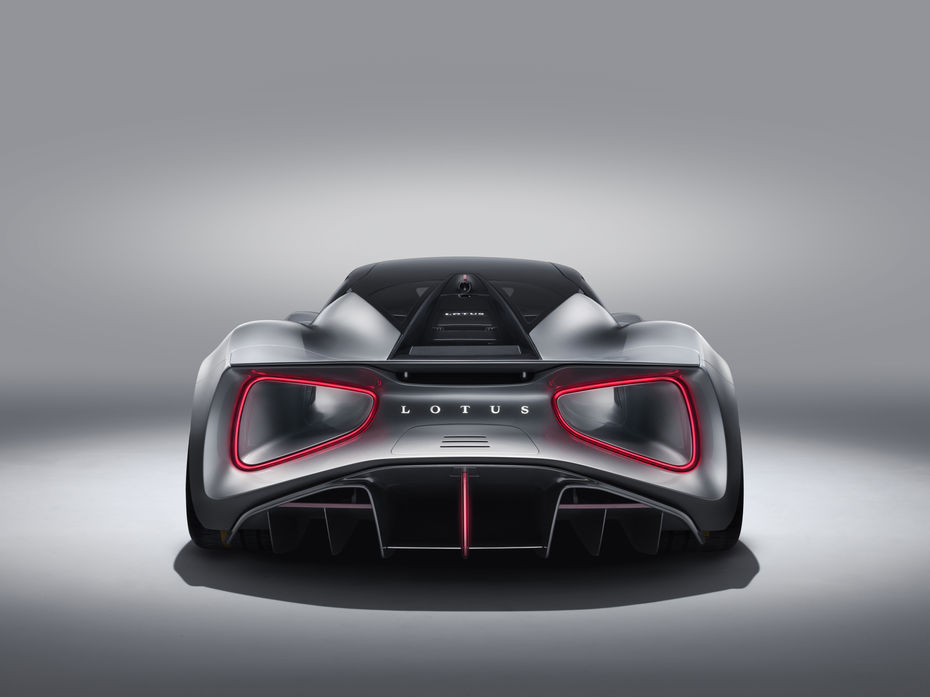
The styling of the Evija echoes the brand’s ethos and every single exterior element is there for multiple reasons, the most important one being aerodynamics. The Evija features two unique venturi tunnels in each rear quarter. The outline of these tunnel exits serve as the tail lamps and the ‘ Lotus’ badge also lits up, adding more drama. Active aerodynamics are taken care of by a rear spoiler, and an F1-style Drag Reduction System (DRS). The Evija also comes with cameras instead of traditional door mirrors to reduce drag. Magnesium 20 and 21-inch wheels shod with Pirelli Trofeo R tyres are used at the front and rear along with AP Racing carbon ceramic discs and adaptive dampers to keep the unnerving 2000 horses in check.
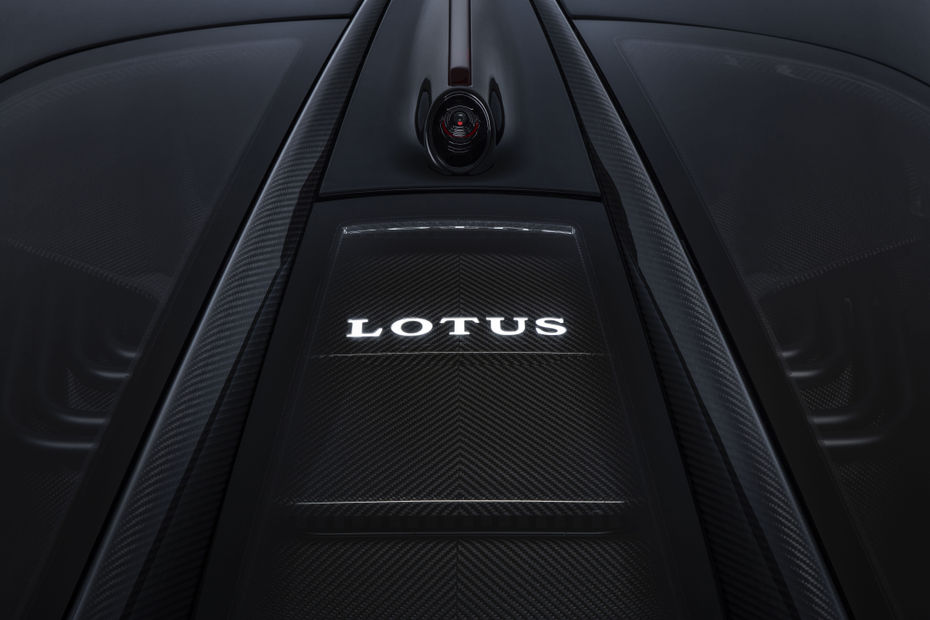
Only 130 examples of the Evija will be built. Each of them can be highly customised and will come with a sticker price tag of £1.7m plus duties and taxes (Rs 14 crore). If you're impressed with the hypercar, then you can go ahead and book a slot by shelling out a deposit of just Rs 2 crore. Going by what we know so far, the Evija surely fits the bill for the future. And speaking of future, deliveries are expected to begin sometime after the production commences in 2020. Meanwhile, who would love to see us pitch this against the Pininfarina Battista from Italy?
Recommended Read:
How The Iconic Toyota Supra Evolved Over The Years
Mahindra’s Pininfarina Battista With Its Mind Numbing Power Is Almost Here!

3 New Major Design Details Mahindra XUV 3XO Will Pack Over...

Tata Curvv: A Much Clearer Look At Its Interior Ahead Of Its Unveiling

Citroen Basalt vs Tata Curvv: Exterior Design Compared

10 New Features Expected In The Upcoming 2024 Mahindra XUV 3XO...

The Fronx Has Been Rebadged! Meet The Toyota Urban Cruiser Taisor,...

Here’s How Fuel Efficient The 2024 Maruti Suzuki Swift Sold In...

MG Hector And Hector Plus Blackstorm Edition Launched At Rs 21.25...

Mahindra XUV300 Facelift Teased, Gets A New Name

Citroen Basalt Vision, Its SUV Coupe For India, Revealed
India's largest automotive community